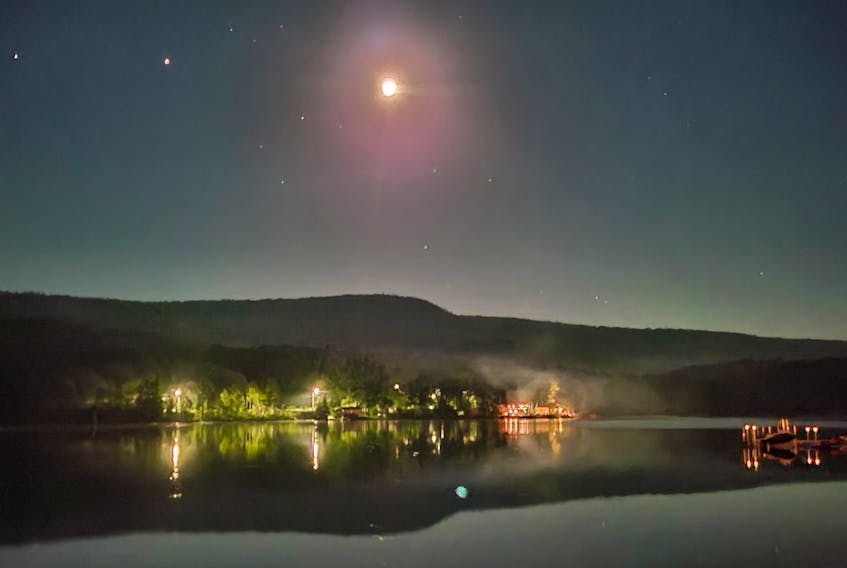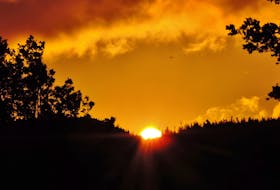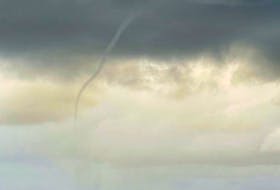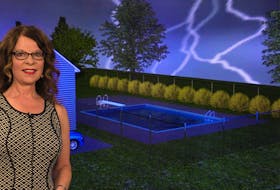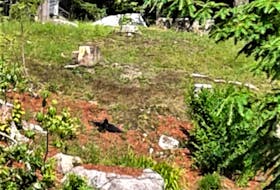Did you know that Newfoundland is widely considered one of the foggiest places on Earth? On average, you can expect more than 200 foggy days every year. But you don’t have to live in Newfoundland to know all about fog; it’s something that all Atlantic Canadians are quite familiar with.
However, you might not know that there are 10 types of fog: advection fog, evaporation fog, freezing fog, frontal fog, ground fog, hail fog, ice fog, precipitation fog, radiation fog, and upslope fog.
Fog advisories are issued when low visibilities in fog are expected to last for at least 18 hours. For fog to form, there has to be a lot of water vapour in the air, in other words, it has to be very humid. Today, it certainly is. The tropical air mass that accompanies what’s left of Isaias has resulted in widespread advection fog.
Advection fog forms when warm, moist air passes over a cool surface. This process is called advection, a scientific name describing the movement of fluid. In the atmosphere, the fluid is wind. When the moist, warm air makes contact with the cooler surface air, water vapour condenses to create fog. Advection fog shows up mostly in places where warm, tropical air meets cooler ocean water.
As the warm, moist air moves over the cold water, the air cools down rapidly. The cooler air can't hold the same amount of moisture it could at its former warm temperature, so condensation forms. The invisible water vapour condenses and forms a fog bank.
Depending on the humidity and temperature, fog can form very suddenly and then disappear just as quickly. This is called flash fog.
Prior to our new reality, I was often asked to go into the schools to help out with the weather unit, which is taught in Grade 5 in Nova Scotia. One question that came up quite regularly was, “What would it feel like to walk in a cloud?" We do it quite often: fog is a cloud that touches the ground.
- Want more weather information? Visit your weather page.
- Have a weather question, photo or drawing to share with Cindy Day? Email [email protected]
Cindy Day is the chief meteorologist for SaltWire Network

